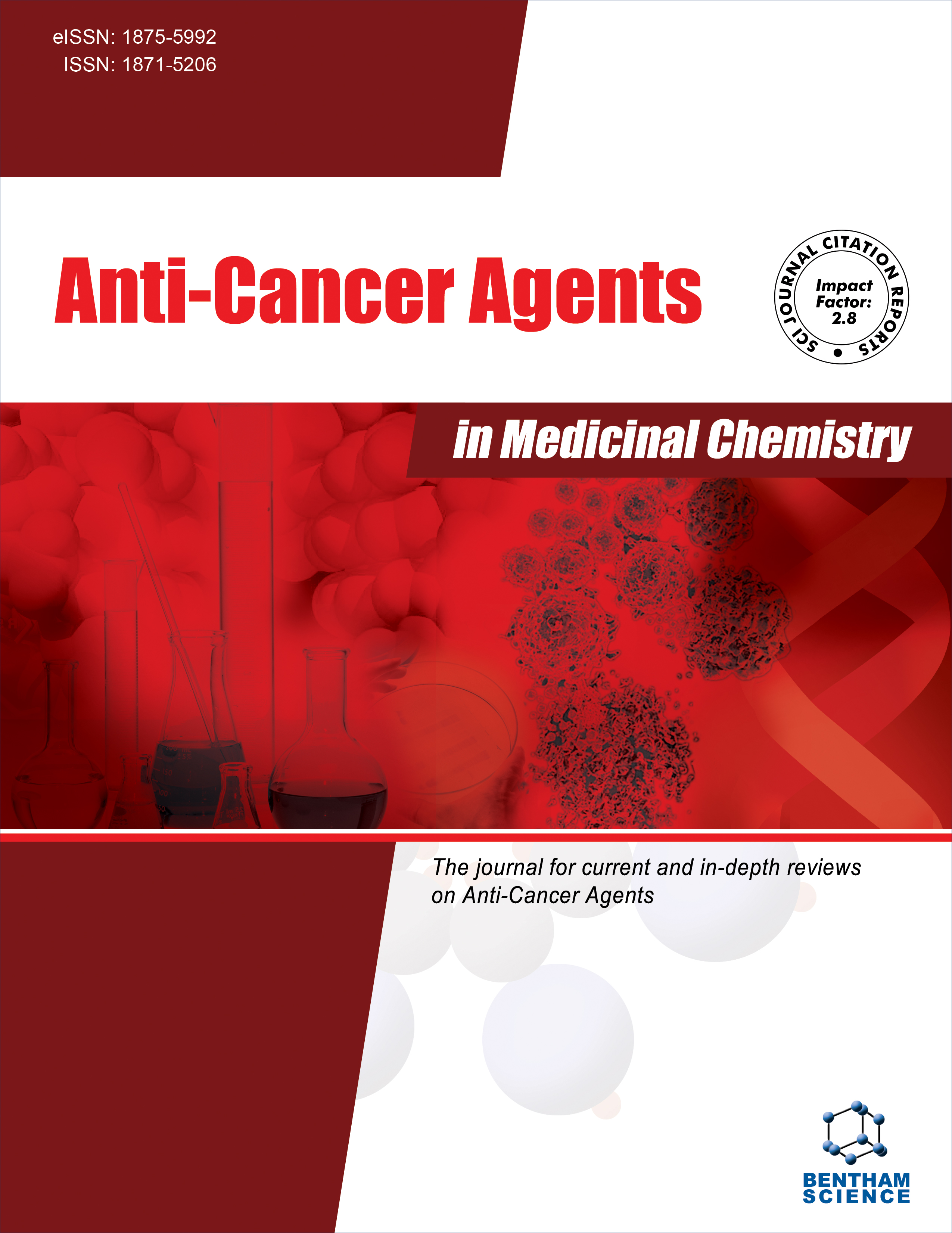
Full text loading...
Irisquinone, an important compound extracted from Semen Irisis, has been used clinically as a radiotherapy sensitizer for lung, oesophageal, head and neck, breast and leukemia cancers. However, the mechanism by which it acts against cancer is still unclear.
The present study aims to investigate the anti-tumor activity and mechanism of Irisquinone.
The effect of Irisquinone on cell viability and proliferation was evaluated using the CCK-8 assay. Fluorescence probe (Fast-TRFS) and DTNB assay were used to observe the inhibitory effect of Irisquinone on both intracellular and extracellular thioredoxin reductase (TrxR). The level of reactive oxygen species (ROS) in tumor cells was assessed using the DCFH-DA probe. Annexin V-FITC/PI, staining and microscopy experiments, were used to examine the apoptosis and pyroptosis. Western blotting analyses confirmed that Irisquinone induced apoptosis and pyroptosis in cancer cells by inhibiting TrxR to increase ROS generation.
Our research has shown that Irisquinone has anti-proliferative effects on several cancer cell lines while having low toxicity to normal cells. The amount of ROS induced by inhibition of TrxR activated the BAX (pro-apoptotic protein) and caspase-1(the pro-pyroptotic protein) to induce apoptosis and pyroptosis.
Irisquinone showed anticancer activity through inhibiting TrxR. These results suggested that Irisquinone will be developed to be an anti-tumor drug possibility.

Article metrics loading...

Full text loading...
References


Data & Media loading...
Supplements

